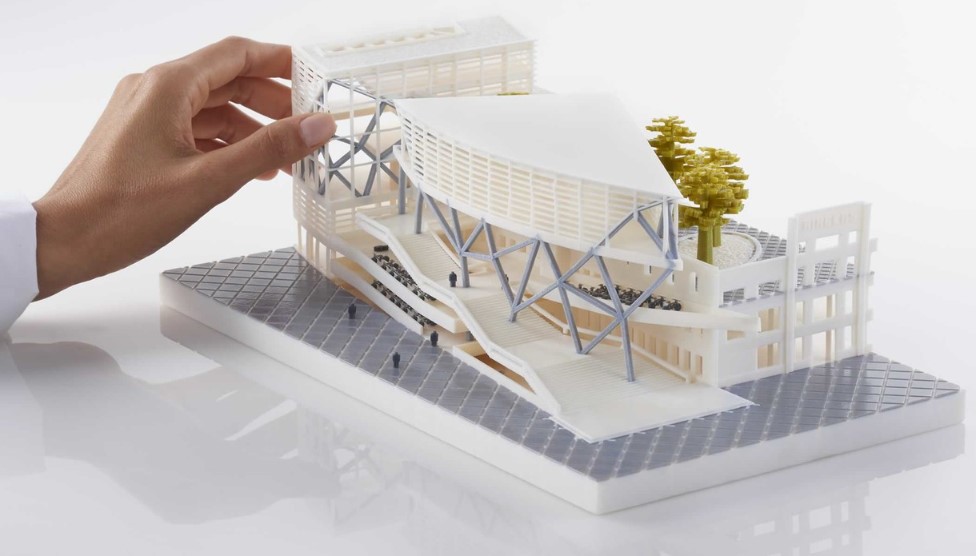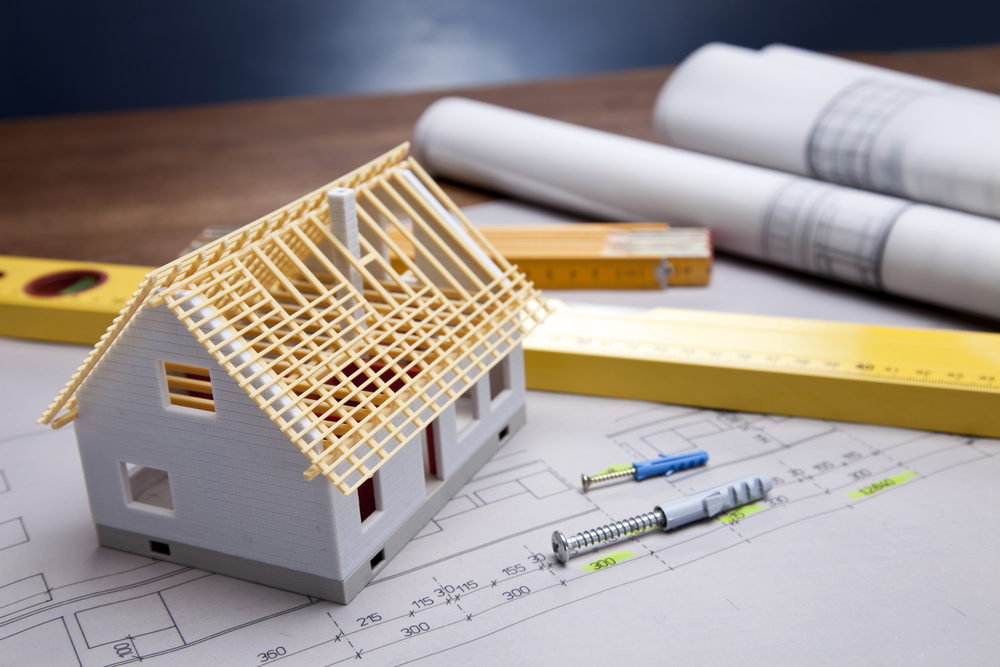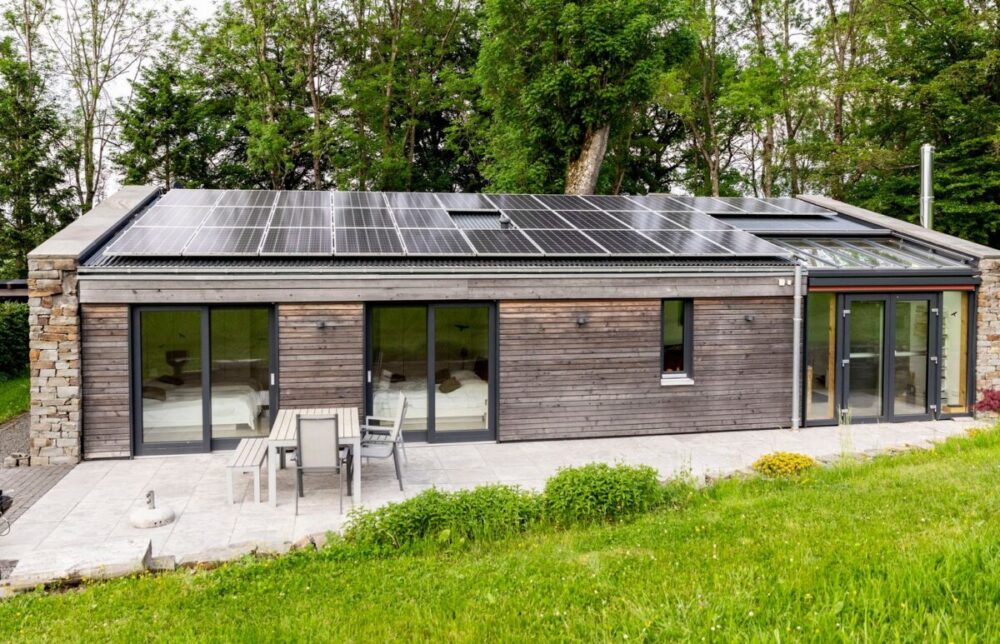The world of architecture is rapidly evolving, with 3D printing emerging as a transformative tool for both designing intricate models and constructing full-scale buildings. This innovative technology, once primarily used for prototyping, is now pushing the boundaries of what’s possible in architectural design.
From detailed architectural models to ambitious full-scale structures, 3D printing is revolutionizing the way architects and builders approach design and construction.
3D Printing in Architectural Design
One of the most significant advantages of 3D printing in architecture is its ability to create highly detailed models at a fraction of the time and cost of traditional methods. With 3D printing, architects can produce accurate scale models that showcase the intricate details of their designs, providing a tangible representation for clients and stakeholders.
Traditionally, creating architectural models required hours of meticulous work using foam, wood, or plastic.
Now, with 3D printing, models can be printed directly from digital files, allowing architects to experiment with complex geometries and intricate details that would be difficult or impossible to create by hand.
The Power of Precision
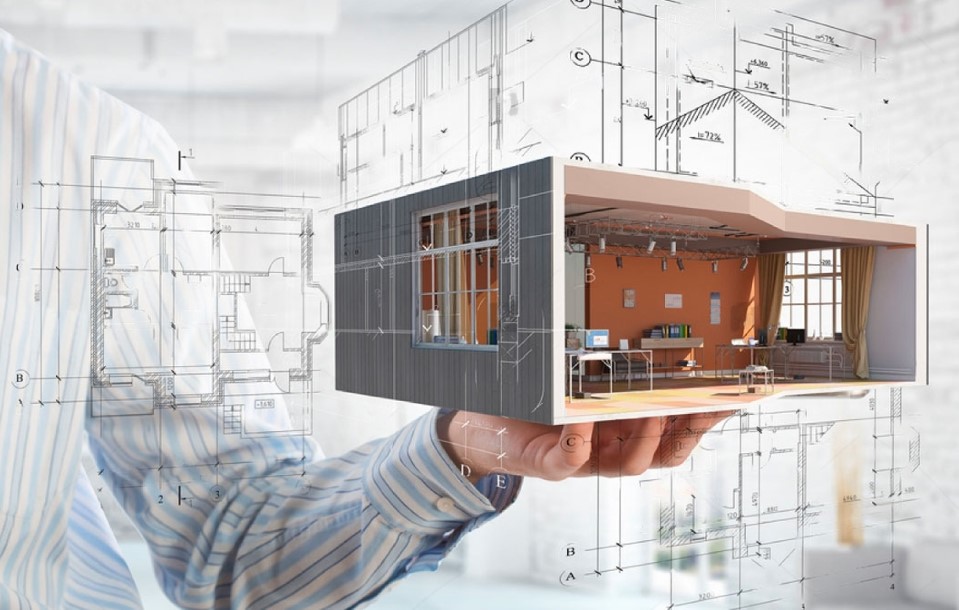
Architects are known for their precision, and 3D printing ensures that every design element is executed to perfection. Whether it’s a small residential building or a large commercial structure, 3D printing allows for the exact replication of design elements, ensuring that the final product is as close to the original vision as possible.
This level of precision also facilitates more accurate presentations, helping clients visualize the completed project with unparalleled clarity.
For instance, some architectural firms are using 3D print TPU filament for certain flexible model components, enhancing the realism and functionality of their scale models. This material allows for the creation of durable, flexible parts that add an extra dimension to the design process.
Full-Scale 3D Printed Buildings
While 3D printing in architecture began with small-scale models, recent advancements have made it possible to print entire buildings. Using industrial-scale 3D printers, companies around the world are now creating full-size homes and structures layer by layer. This process involves printing concrete or other materials in a continuous flow, with each layer building upon the last to form the structure’s walls, floors, and even intricate designs.
This method of construction is not only faster than traditional building techniques, but it also reduces waste and labor costs. Moreover, 3D printing allows for more sustainable construction, as materials can be used more efficiently, and designs can be optimized to reduce the overall carbon footprint of the project.
In Dubai, for example, 3D printing technology has been used to construct the world’s first fully 3D printed office building. This structure was printed in just 17 days and has garnered attention for its innovative design and construction efficiency. Similar projects are being developed around the globe, demonstrating the potential for 3D printing to revolutionize the construction industry.
What are the Key Benefits of 3D Printing in Architecture?
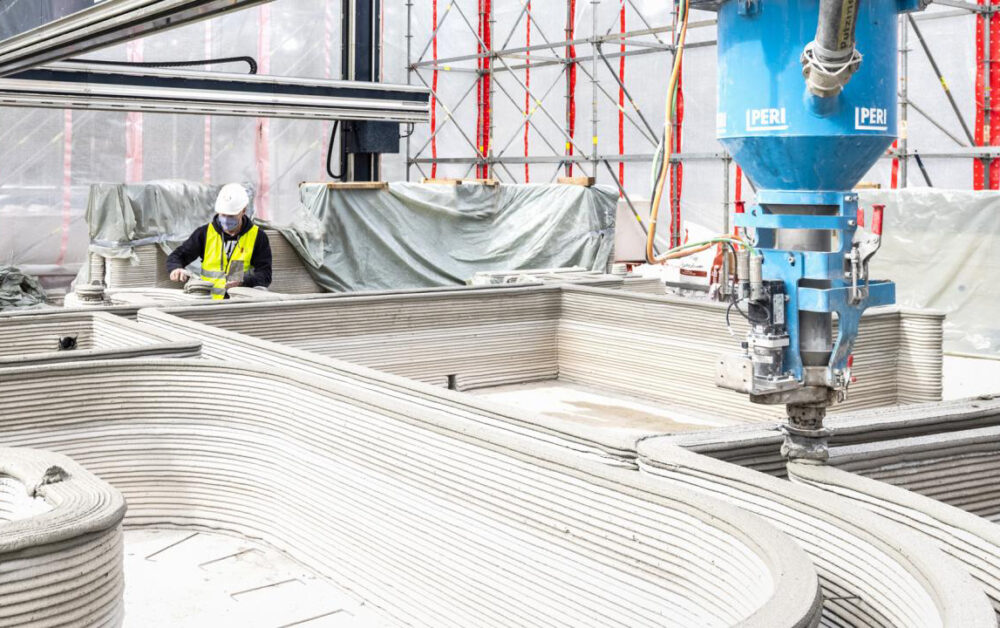
The adoption of 3D printing in architecture offers numerous benefits, including:
- Speed ─ Projects that once took weeks or months to complete can now be accomplished in a matter of days, accelerating the design process.
- Cost-effectiveness ─ By reducing labor and material costs, 3D printing makes architectural projects more affordable, particularly for smaller firms or experimental designs.
- Sustainability ─ 3D printing reduces material waste, allowing for more sustainable building practices. It also enables architects to explore energy-efficient designs that optimize resources.
- Design freedom ─ With 3D printing, architects can experiment with bold, unconventional shapes and structures that were previously unattainable with traditional methods.
- Accuracy ─ The precise nature of 3D printing ensures that architectural models and full-scale structures are produced to exact specifications, reducing the likelihood of errors during the construction phase.
The Future of 3D Printing in Architecture
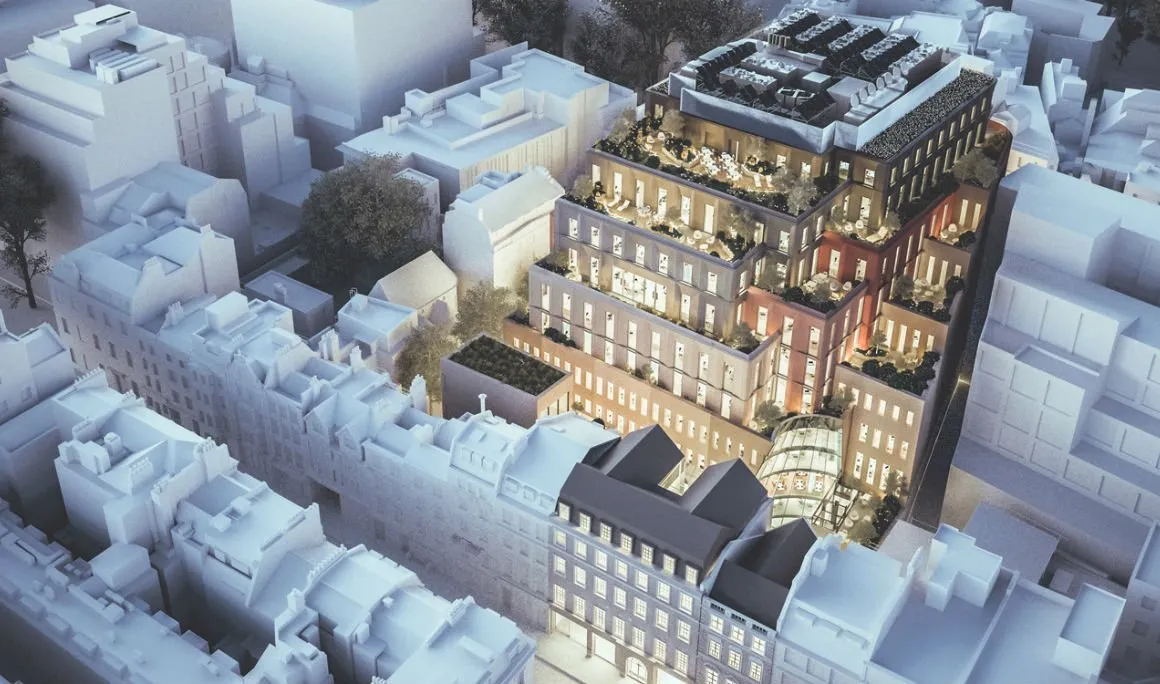
As 3D printing technology continues to advance, its role in architecture is only expected to grow. Already, 3D printed buildings are demonstrating how this technology can be used to create affordable housing, disaster relief shelters, and complex urban infrastructure. Architects are now able to push the boundaries of their creativity, experimenting with new materials and forms that were once beyond reach.
The potential for customization is another exciting aspect of 3D printing in architecture. In the future, it may be possible for homeowners to fully personalize the design of their homes, choosing unique layouts and features that can be printed directly from their digital blueprints.
As you can see, 3D printing is reshaping the landscape of architecture, from highly detailed scale models to large, fully functional buildings
The precision, cost-efficiency, and design freedom that this technology provides are driving innovation in the field, allowing architects to create structures that are not only visually stunning but also more sustainable and efficient to build. As the technology continues to evolve, the possibilities for 3D printed architecture are virtually limitless.
Whether you’re an architect looking to print detailed models or a builder interested in full-scale construction, the use of advanced materials offers a versatile solution for creating durable and flexible components. Embracing 3D printing in architecture is no longer a futuristic concept – it’s a reality that is changing the way we build today.

